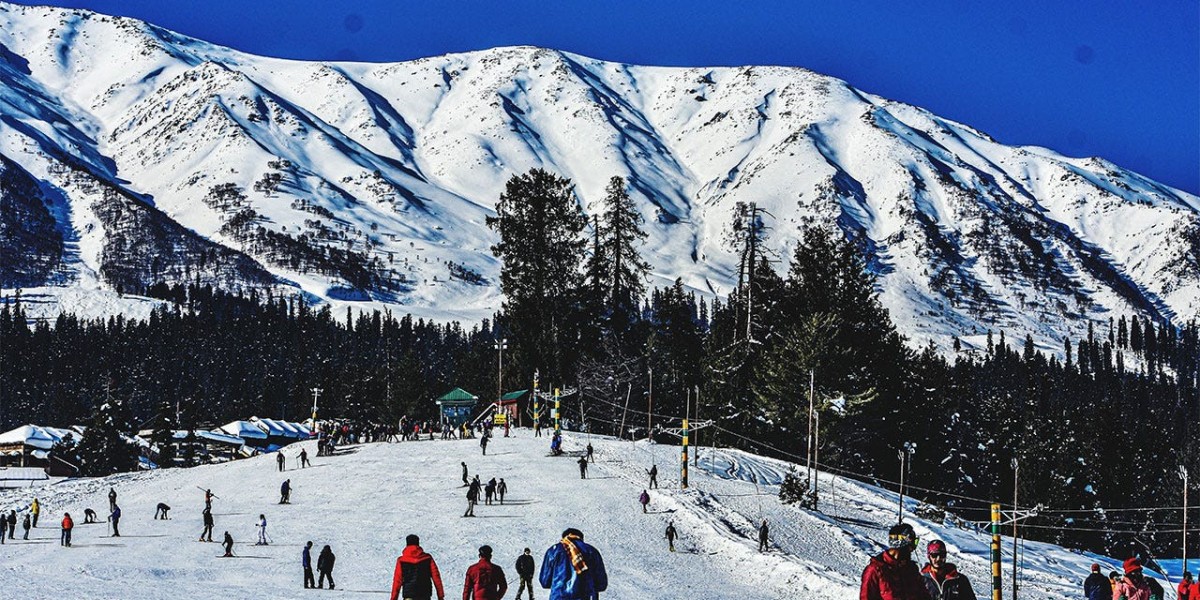In industrial environments where forklifts operate, ensuring the safety of workers is paramount. Forklift safety lights are an essential tool in improving visibility, reducing accidents, and preventing injuries. These lights are critical in environments where forklifts and pedestrians share the same space. Whether you are managing a warehouse, manufacturing plant, or distribution center, incorporating safety lights into your forklift fleet is a proactive measure for enhancing operational safety. At Panacea Aftermarket, we offer a wide range of forklift safety lighting solutions designed to improve the safety of your workplace.
The Importance of Forklift Safety Lights
Forklift safety lights serve as visual signals to both the forklift operator and pedestrians in the vicinity. These lights help to increase awareness and ensure that forklift operations are noticed, particularly in environments with limited visibility or during night shifts. In bustling warehouses and factories, it is easy for workers to be unaware of approaching forklifts, making safety lights a crucial investment.
Forklifts are large, heavy vehicles that move quickly in confined spaces, and workers often fail to notice them until it’s too late. This is why it’s critical to install safety lights that can alert others to the presence and movement of forklifts, reducing the likelihood of accidents and injuries. By enhancing visibility and providing clear indications of a forklift’s position, safety lights play an indispensable role in accident prevention.
Types of Forklift Safety Lights
1. Warning Lights
Warning lights are perhaps the most common type of forklift safety lights. They are typically mounted on the forklift itself and activate when the vehicle is in motion. These lights serve as a clear signal to nearby workers that a forklift is approaching or moving through a particular area. Warning lights come in several forms:
- LED Strobe Lights: These lights produce bright, flashing patterns that grab attention and alert pedestrians to a moving forklift. They are especially effective in low-visibility conditions.
- Rotating Beacons: Rotating beacon lights emit a continuous, 360-degree light signal, which is easily visible from any direction. These are typically used for forklifts that travel at higher speeds.
- Flashing LED Lights: Flashing LED lights are often mounted on the roof or at the rear of the forklift, providing a clear warning to pedestrians and other vehicles in the area.
2. Spotlights and Positioning Lights
Spotlights are designed to illuminate specific areas around the forklift, such as the rear or blind spots, to provide extra visibility in dimly lit environments. They are often mounted on the forklift’s front or rear to help the operator see the path ahead and behind. Spotlights are commonly used in dark warehouses, loading docks, or outdoor environments where ambient lighting is insufficient.
Positioning lights are often employed in conjunction with other safety lights and are focused on a specific area to enhance operator visibility. These lights are especially useful when navigating narrow aisles or tight spaces where maneuverability is critical.
3. Blue and Green Forklift Safety Lights
Blue and green safety lights are designed to alert pedestrians of the forklift’s direction and movement. Unlike traditional warning lights, which emit red or amber tones, blue and green lights provide more precise visual cues:
- Blue Lights: Mounted on the sides or rear of the forklift, blue lights are used to warn pedestrians of the forklift’s location, particularly in situations where the forklift is moving in the same direction as the pedestrian. The blue light is often visible from a distance, making it easy to spot a moving forklift even in areas with heavy machinery.
- Green Lights: These lights are commonly installed in the front of forklifts and are typically used to indicate when a forklift is operating in a safe or controlled manner. The green light can signal to pedestrians that the forklift is either stationary or moving cautiously, reducing the risk of accidents.
Benefits of Forklift Safety Lights
1. Enhanced Worker Safety
The primary benefit of forklift safety lights is the enhancement of worker safety. These lights improve the visibility of forklifts, alerting workers to their presence and movement. This can help prevent collisions, which are one of the leading causes of forklift-related injuries and fatalities.
By making forklift movements more visible, safety lights allow pedestrians to respond more quickly, avoiding potential accidents. This is particularly important in busy environments where workers may be distracted or unaware of the forklift’s movement.
2. Improved Compliance with Safety Regulations
In many regions, workplace safety regulations require the use of warning lights on forklifts to ensure the safety of all personnel. By installing forklift safety lights, companies can ensure compliance with OSHA (Occupational Safety and Health Administration) guidelines or other local safety standards. Compliance with these regulations not only reduces the risk of workplace accidents but also prevents costly fines and penalties.
3. Increased Operational Efficiency
Safety lights do more than just improve safety—they also contribute to operational efficiency. By using warning lights and spotlights, forklift operators can navigate the workplace with greater ease and speed. This can improve overall productivity, especially in environments where forklifts are used around the clock or during shift changes.
4. Reduced Insurance Costs
By reducing the risk of accidents, forklift safety lights can help reduce workplace injuries, which may, in turn, lower insurance premiums. Insurance companies often offer discounts for companies that implement effective safety measures, including the use of safety lights. Investing in forklift safety lighting is not only a good practice for worker safety but also a smart financial decision.
Choosing the Right Forklift Safety Lights
Selecting the right forklift safety lights depends on various factors, including the environment in which the forklift operates, the type of operations being conducted, and the specific safety needs of the facility. Here are a few considerations to keep in mind when choosing forklift safety lights:
1. Environment and Visibility Conditions
Consider the type of environment in which the forklift operates. For example, if your warehouse has low lighting, LED spotlights or floodlights may be necessary to ensure adequate visibility. On the other hand, brightly lit areas may only require basic flashing warning lights to signal forklift movement.
2. Type of Forklift and Operational Needs
Different forklifts require different types of lighting. For instance, larger forklifts or those used outdoors may require more powerful or robust lights to ensure clear visibility. Additionally, the nature of the work being conducted can also influence the type of lights needed. For example, construction sites may require rotating beacons, while smaller warehouses may only need basic warning lights.
3. Durability and Longevity
Forklift safety lights are subject to harsh operating conditions. They must withstand exposure to dust, dirt, moisture, and extreme temperatures. Be sure to choose high-quality lights designed for industrial environments. LED lights, for example, are energy-efficient, long-lasting, and less prone to damage than traditional halogen lights.
4. Ease of Installation
Forklift safety lights should be easy to install and compatible with the specific models of forklifts used in your facility. Many lights come with universal mounting systems that make installation straightforward, while others may require professional installation.
Forklift Safety Lights and Maintenance
To ensure that forklift safety lights continue to perform at their best, regular maintenance is essential. Here are some tips for maintaining your forklift lighting system:
- Inspect Regularly: Check all lights for functionality, ensuring that they are in good working order and have not been damaged during operations.
- Clean Lights: Dust and dirt can accumulate on safety lights, reducing their effectiveness. Clean the lenses regularly to maintain optimal light output.
- Replace Damaged Lights: If a safety light is cracked or not functioning properly, replace it promptly to maintain maximum safety.
- Check Power Sources: Ensure that all electrical connections are secure and that the forklift’s power system can support the lights without issues.
Conclusion
Incorporating forklift safety lights into your operational procedures is a critical step in enhancing workplace safety, improving efficiency, and ensuring compliance with safety regulations. By providing clear visual cues to both forklift operators and pedestrians, these lights help reduce the risk of accidents and injuries. At Panacea Aftermarket, we offer a comprehensive range of forklift safety lighting solutions that can be tailored to meet the specific needs of your facility. Invest in high-quality forklift safety lights today to safeguard your workforce and boost operational productivity.



